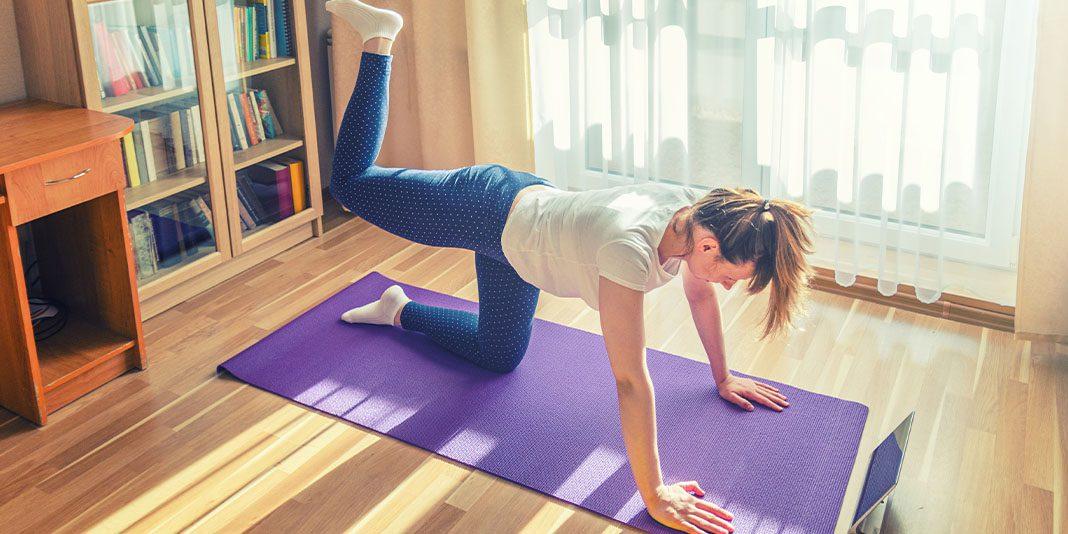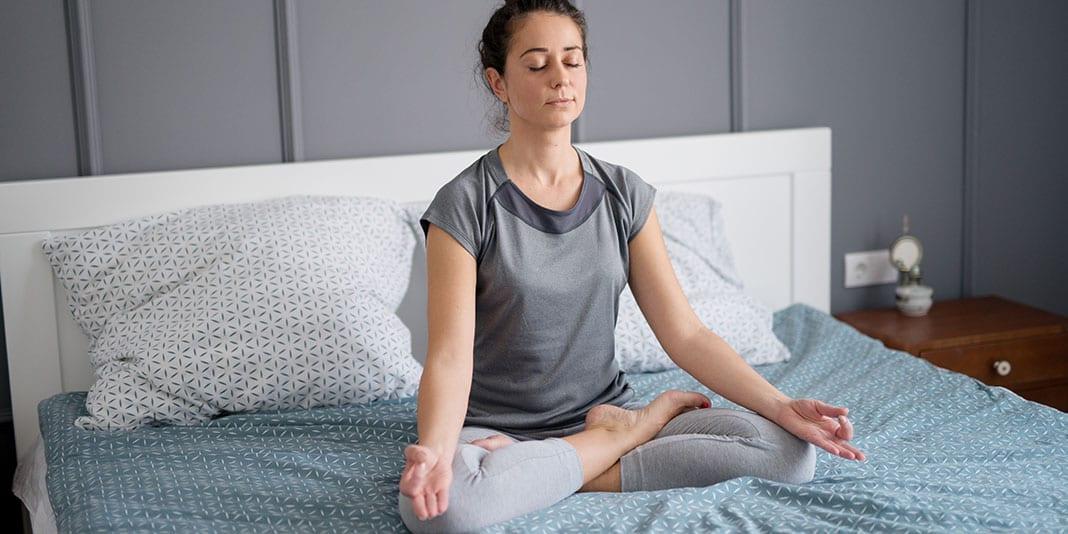Aerobic exercise builds cardiovascular endurance and burns fat. Weight-training increases strength and lean muscle tissue. If you work on those two elements of physical fitness, you’ve got a total program, right? Not quite. If you forget about flexibility training, you’re missing out on a key component for good health. Tight muscles can create problems throughout your body. Lack of flexibility can make tendons around the muscles stiffen. Tight hamstrings pull the pelvis down and put more pressure on the lower back.
Tight muscles affect your spine’s alignment and your posture. Back pain can result when muscles in the back and lower body are tight.
Tight muscles can reduce range of motion throughout your body and give you trouble with everyday activities such as reaching up to take a glass from the top shelf. The limitation means you’ll find it is easier to injure yourself by going past the reduced range of motion.
Muscle tension affects circulation and can prevent nutrients and oxygen from properly moving through the body.
The American College of Sports Medicine recommends stretching every day to gain more flexibility. Once you see improvement, you can switch to stretching for at least 30 minutes at least two or three times a week.
These are just some of the benefits you’ll see when you make stretching part of your fitness program.
Improving flexibility can ease tension and soreness in muscles and help prevent and treat pain in the back. Making hip flexors and pelvic muscles more flexible puts less stress on the spine. More flexibility improves the range of motion throughout the body and helps the body move more easily. Increased range of motion lowers your risk of injury to the muscles, tendons and ligaments.
Increased flexibility makes not just exercising but performing everyday activities easier. The act of stretching helps blood move to the muscles and joints. Flexible muscles hold less tension, so stress makes less impact than you would feel with a tight and tense body.
Just five minutes of stretching at the end of an exercise session helps to reduce potential muscle soreness. A few minutes of stretching should follow all aerobic activity. Since stretching cold muscles may increase your chances of injury, make sure to take five to 10 minutes to warm up before stretching. A simple, low-intensity warm-up will work. Try easy walking while swinging your arms in a wide circle.
Attending a stretching class such as yoga or tai chi can get you on track with a regular stretching program.



































